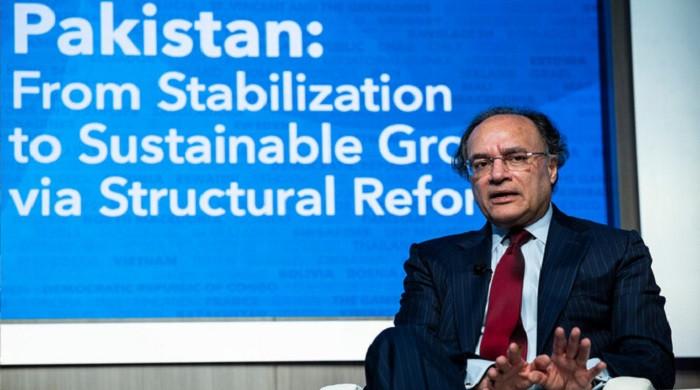Rupee to trade range-bound against dollar next week owing to lack of external financing
Rupee is expected to trade range-bound in coming week with a tendency to weaken slightly due to the prevalence of negative sentiment in market
December 18, 2022

- Rupee likely to trade range-bound against dollar in coming week.
- Local unit loses 0.12% during this week against greenback.
- It is expected to trade in narrow range with weaker bias: dealer.
KARACHI: Rupee is expected to trade range-bound in the coming week, however, it might weaken slightly in the days ahead owing to the prevalent negative sentiment in the market, The News reported Sunday citing a dealer.
During the outgoing week, the local currency closed at 224.65 against the greenback and ended at 224.94 on Friday. The rupee lost 0.12% during this week.
“Since the central bank is using administrative measures to curb imports, the demand and supply of US dollars are roughly equal in the interbank market. Banks are urged to only settle import payments that correspond to their export payments,” the currency dealer said.
“However, the lack of external financing is probably going to have an impact on investor sentiment. In light of this, we expect that the rupee will trade in a narrow range with a weaker bias during the coming week,” he added.
The market heard nothing this week from friendly countries about their financial assistance to Pakistan. Even the $1.2 billion from Chinese commercial banks that was supposed to be refinanced did not materialise.
There was progress on the talks, according to a half-hearted statement from the International Monetary Fund (IMF) that was presumably simply meant to calm the markets.
However, a sharp reduction in the current account deficit provided some support to the dwindling foreign reserves. Pakistan’s current account deficit narrowed by 86% year-on-year to $276 million in November.
During July-November fiscal year 2023, the current account deficit contracted by more than half to $3.1 billion against $7.2 billion in the same period last year. The State Bank of Pakistan said this was primarily due to a reduction in imports whereas exports have remained steady.
The SBP’s foreign exchange reserves have dropped to $6.7 billion, hardly enough for a month's worth of imports. The central bank's administrative measures to compress imports might not be sustainable for a long time, according to analysts.
“SBP is already feeling the heat from correspondent banks to settle the LCs (letters of credit). Many industries are inching towards complete standstill resulting in huge unemployment,” said Tresmark in a weekly note.
“At the same time, the IMF is also exerting pressure to use devaluation rather than administrative measures to compress imports. However, judging by past precedents, devaluation has helped little in correcting the balance of payment situation, as the majority of our woes are lower exports/productivity and inelastic imports. And an ill-thought-out devaluation plan would trigger a serious episode of inflation,” it added.
A significant setback for the market was a reduction in remittances. Some analysts blamed it on the growing interbank gap versus the grey market.
However, a general slowness was frequently observed when statistics were compared to other countries with a comparable remitter profile.
The fact cannot be denied that the grey market is mushrooming and poses a risk. On the Pak-Afghan border, a significant amount of US dollars and products were seized after a week-long joint operation by institutions, according to Tresmark.











